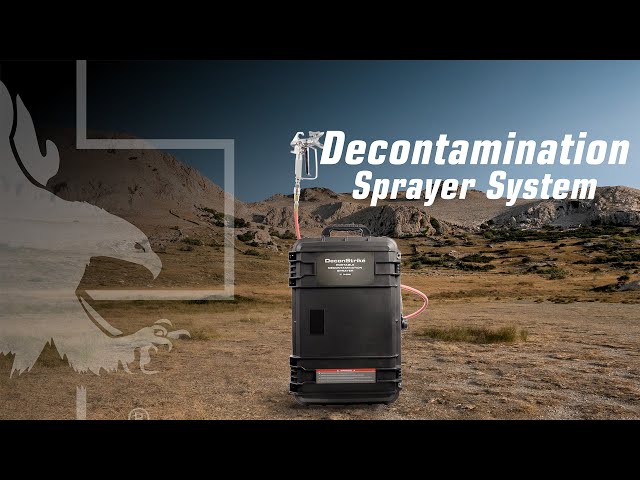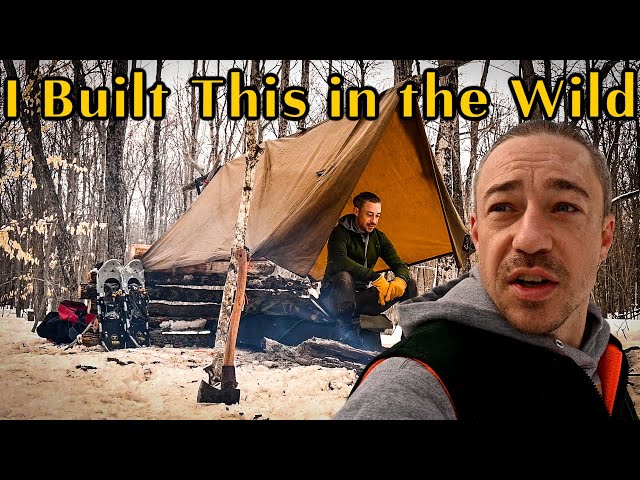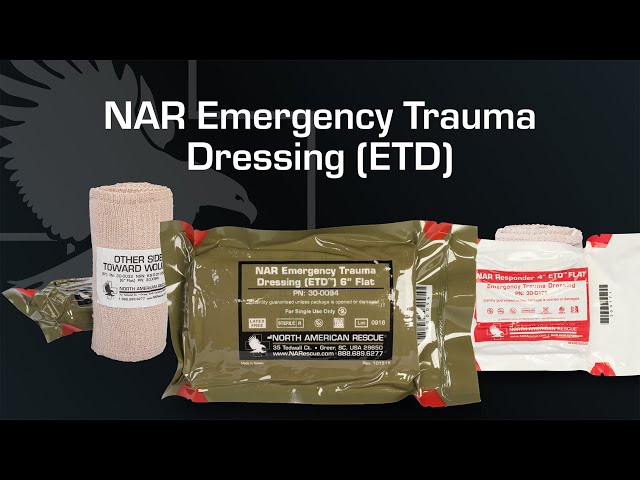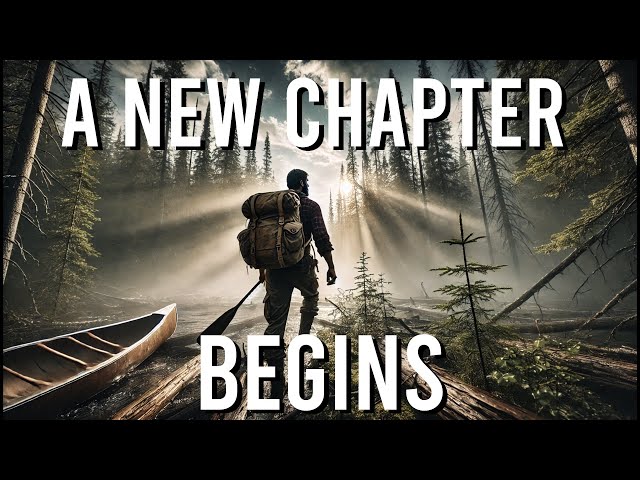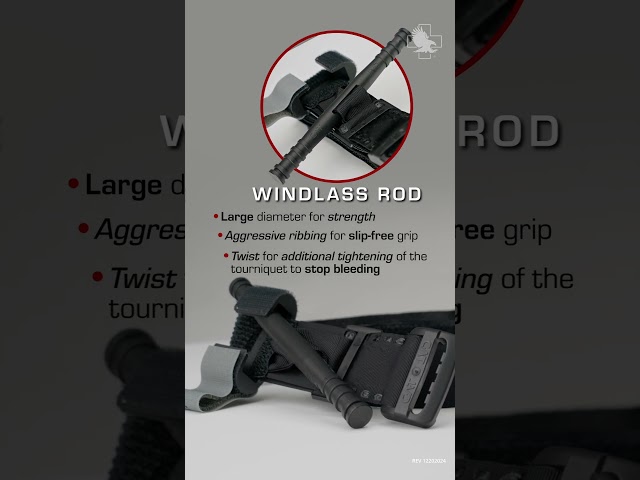LATEST ARTICLES
Decon Strike – Decontamination Sprayer System #bethedifference #beprepared #cattourniquet
Discover new decontamination capability with DeconStrike™ sprayer system. Combined with ClearDecon™ solution, DeconStrike™ can be used to decontaminate chemical warfare agents, biological warfare agents, and pharmaceutical warfare agents without requiring power or water. Get ready for true tactical decontamination capability with DeconStrike™ and ClearDecon™!
Building The Bush Camp Series Pt2 Lattice Rib Work and Thatching
#survival #camping #bushcraft
“Nerves” Documentary https://www.indiegogo.com/projects/nerves#/
Come with Wolfie and I on a day outing to the brand new bush camp
We make good progress and even begin thatching the bush camp
New Merch here! https://www.bunkerbranding.com/pages/joe-robinet
Instagram https://instagram.com/joerobinetbushcraft/
Tweets by robinet_joe
Telling the Truth
Learn about my documentary here! https://www.indiegogo.com/projects/nerves#/
Heres the scoop.. I tell the Truth about where I was
New Merch here! https://www.bunkerbranding.com/pages/joe-robinet
Instagram https://instagram.com/joerobinetbushcraft/
Tweets by robinet_joe
Joe Robinet is live!
Indigogo link to Documentary
https://www.indiegogo.com/projects/nerves#/
New Merch here! https://www.bunkerbranding.com/pages/joe-robinet
Instagram https://instagram.com/joerobinetbushcraft/
Tweets by robinet_joe
Building a New Bushcamp! Deep Snow Overnight with Wolf.
Going to therapy is a sign of strength, not weakness. BetterHelp makes therapy simple, with 10% off your first month to help you get started: https://betterhelp.com/joerobinet. (Paid Partnership by BetterHelp)
As promised, my first camping video back in months!
Feels great to have done this and cannot wait to get back out. 2025 will be a good year!
New Merch here! https://www.bunkerbranding.com/pages/joe-robinet
Instagram https://instagram.com/joerobinetbushcraft/
Tweets by robinet_joe
NAR Emergency Trauma Dressing
The Emergency Trauma Dressing (ETD™) series of bandages are engineered using data from After Action Reviews (AARs) of real-world battle dressing applications. The ETD™ consists of a resilient elastic wrap equipped with a sterile non-adherent pad, durable securing device and innovative Quick-Grip™ Roll Control configuration. This combination facilitates a rapid, controlled, and extremely effective application process in the most demanding conditions. The ETD™ can also be used to wrap an arm, to secure splints to an extremity or to perform in any other function requiring an elastic wrap.
For more info: https://www.narescue.com/catalogsearch/result/?q=ETD
How to Store your C-A-T®
Proper storage of your C-A-T® Tourniquet ensures it’s ready when you need it. In this video, Doc Miles from North American Rescue explains different carry options—from exposed methods for quick access to protective holders that extend lifespan. Learn the best way to keep your tourniquet mission-ready.
For more info: https://www.narescue.com/catalogsearch/result/?q=TQ+Holder
BIG NEWS!!! A NEW CHAPTER BEGINS
INDIEGOGO LINK HERE: https://www.indiegogo.com/projects/nerves#/
As you will see in the video I’ve been wracking my head about how to come back bigger and better than before. This video will tell you about an EPIC journey to come. Something you’ve never seen before. I’ll be back next week with a BRAND NEW camping video and LOTS more info!
Love you guys, thank you for all of your continued support!
#Joerobinet #Survival #documentary
Meet the filmmakers: https://www.gameseven.ca/our-team/
www.adampedersen.ca
New Merch here! https://www.bunkerbranding.com/pages/joe-robinet
Instagram https://instagram.com/joerobinetbushcraft/
Tweets by robinet_joe
Access Options (IV vs IO)
When IV access is difficult, intraosseous (IO) access provides a fast alternative for delivering fluids, blood, and medication. In this video, Doc Miles from North American Rescue breaks down both methods, how they work, and when to use them in emergencies.
For more info: https://www.narescue.com/all-products/circulation.html
The Anatomy of the C-A-T® #bethedifference #beprepared #cattourniquet
In addition to the C-A-T® Tourniquet being the fastest, safest, and most effective prehospital field tourniquet in the world – it’s also the most studied. For 20 years every other tourniquet has been compared to the benchmark of the C-A-T®. There’s a reason that it is the official tourniquet of the U.S. Army and trusted and accepted across all branches of the military, in every industry of first response, and for public access.
For More info https://www.narescue.com/cat-tourniquet


